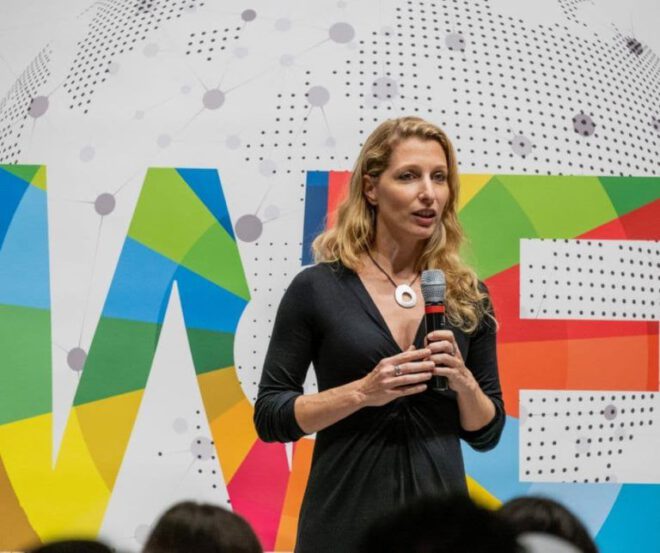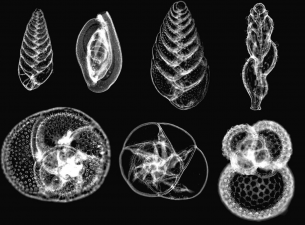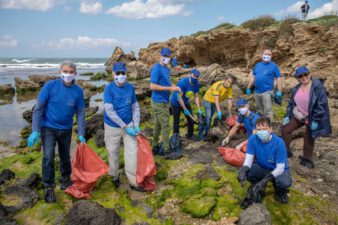A study from London shows that women are more likely to get killed while cycling than men. Another blow to the marine environment: a marine hero I knew was killed on an electric scooter on the streets of Tel Aviv.
Eco-entrepreneur Shimrit Perkol-Finkel, 45 and a mother of 3 girls, was killed on the streets of Tel Aviv while riding an electric scooter and the truck that hit her had no idea that she was killed in his wake. The streets of Tel Aviv are dangerous and deadly for drivers and pedestrians. But compounding the problem is scooters and electric bikes themselves.
Electric vehicles drive fast, often on the roads and the drivers are ill-equipped to handle traffic. They serve as no match to large trucks.
Equipped with a helmet and driving on the right side of the road, she was sidelined by a heavy vehicle on the busy Hamisger Street going to pick her child up from pre-school. Some 24 people have been killed in the last year on mopeds in Tel Aviv, according to local news reports. The streets aren’t safe for those using them, especially because there is no designated lanes for electric bikes and mopeds in the city.
While only making up for a small percent of the traffic, heavy trucks in major cities are responsible for most of the fatalities. Large blindspots prohibit them from yielding to cyclists and now the omni-present mopeds and electric bikes which can speed out of almost nowhere.
In London, city officials estimate that 58 percent of cyclist deaths and more than a quarter of pedestrian deaths involve heavy trucks. Evidence suggests trucks pose an especially large risk to women cyclists.
Should we ban heavy vehicles in a city’s peak hours?
Electric mopeds also pose a challenge for pedestrians as a number of users threaten the elderly and children who aren’t able to avert them as they whizz by. But Shimrit was following the rules and lost her life for it.
“This is gendered,” argued Sarah Wollaston, a Conservative MP for Totnes who has long campaigned for better cycling infrastructure and more funding in London after a famous British young scientist lost her life while cycling. She was commenting about the number of women who have lost their lives in London while cycling: “I’m not saying we ban [lorries] all day, but let’s not have them out there at peak times for cyclists.”
In one area of London there were 14 fatalities at the same intersection that year. All of them were women.
She wanted to save the sea
I met Shimrit in a course run by Israel’s secretive computer coding army unit known as “8200” on how to bring an idea to a global market. We were able to tap into the networks and expertise that the group brought through their startup accelerator program. Later, I interviewed her.
Although Shimrit’s idea wasn’t “high tech” it had merit to run in the startup tech circles for making a broad impact on the marine environment. She had developed a novel “bio” way of developing and shaping concrete for ports, breakwalls and seashores, using specially produced and formed concrete, so that the built environment could be a refuge for marine life. Her company is called Econcrete. In 2019 they won a Time Magazine best 100 Invention of the Year Award.
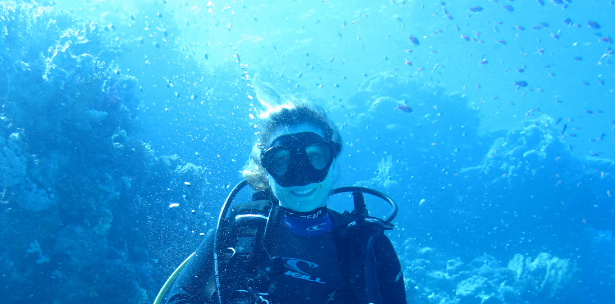
Shimrit diving
Concrete is the world’s most consumed material after water and it is one of the world’s most polluting, releasing an estimated 10 to 15 percent of all global carbon emissions. This year our built mass outweighed the planet’s biomass. But Shimrit showed how concrete could be used for good. I was impressed by her ability to secure contracts around the world that wanted to incorporate her solution into harbours and ports. Instead of selling a brighter future, Shimrit’s idea could be implemented today.
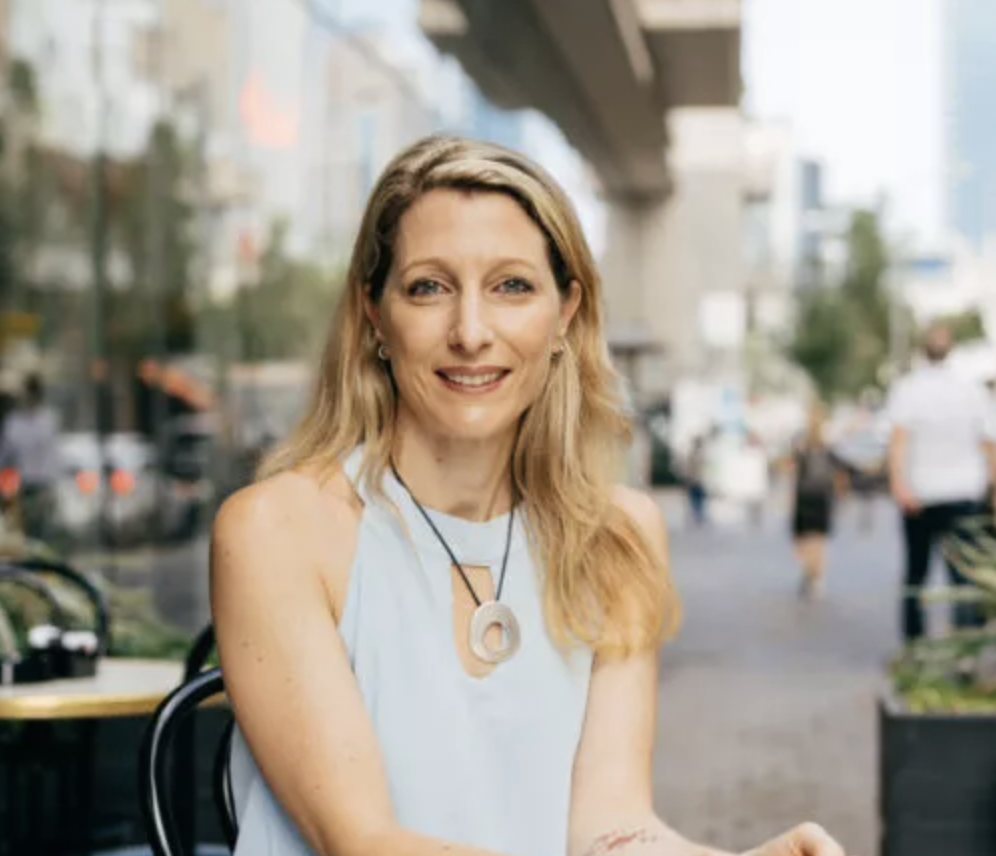
Shimrit Perkol-Finkel
Normally, poured concrete in the built environment of seas and lakes repels the return of a healthy ecosystem. But with nooks and crannies and artificial intertidal pools built into its forms, Econcrete creates the ultimate new habitat for small sea-life to latch onto, such as barnacles, tube worms and oysters. These creatures move in and deposit calcium onto the concrete and then integrate into it creating a stronger break-wall or levee. This is important for cities such as new York City and New Orleans that face the threat of rising seas and flooding from climate change. And these are two cities where Econcrete is established.
She started the company with another Israeli, Ido Sella, who will be left to hold onto the business and new projects in the Port of San Diego and Staten Island.
Shimrit had a PhD in marine biology, and was known by her peers to excel in all that she did.
When I heard about the tragic accident my salty tears reminded me that we all came from the sea and that this life is too fragile to not rise up and stand for something big.
Below, I copy an article I wrote about Perkel in 2015, where we spoke about her work in Brooklyn.
New ‘eco’ concrete is tough, but soft on marine life
If you were a coral, oyster or crab and about to lay down foundations, where would you like build your next dream home?
This is the question that Econcrete founders from Israel asked themselves when they embarked on a mission to change the way we rebuild coastal environments. The company is creating a long-term solution for the Brooklyn Bridge Park, so marine life there will be healthy as the city works to protect coastal infrastructure – and its people.
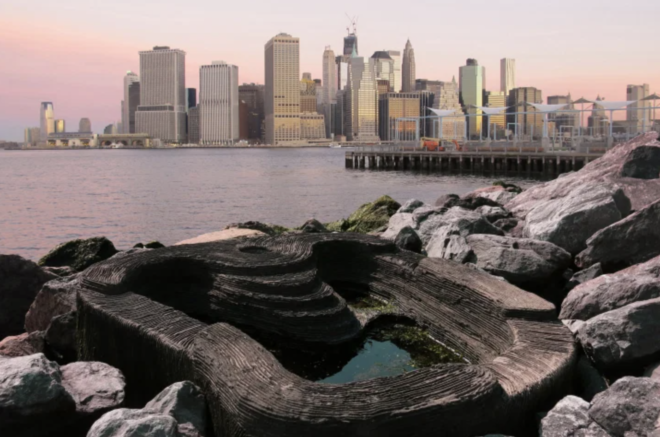
Econcrete creates a new kind of concrete – one that gives strength to the shoreline at risk for erosion and floods, and that is also built to sustain life.
Solutions like this are much sought after, especially when cities like New York face the threat of future floods, but which must rebuild with nature in mind. Consider the 2012 floods caused by Hurricane Sandy: The devastating damages made it the second most costly hurricane in U.S. history.
Current solutions meant to stabilize break walls and shorelines do not consider the ecological and habitat needs of the plants and animals that live in the water. These tend to get covered in the weedy species that don’t promote a healthy shoreline habitat, and become eroded.
Econcrete has a new way to “shore up” support for coastal regions by creating a home that marine animals love. In effect, the marine life, like barnacles, continues to build support around the infrastructure.
Econcrete is already giving structure and life to two projects in the Brooklyn Bridge Park in New York City. The company has built some small tidal pools, with nooks and crannies and a filtration system, and they are working to reinforce the rocky shore with their ecologically sound material.
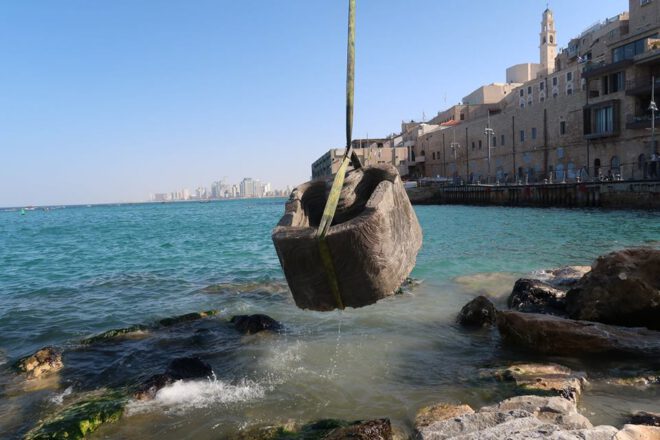
Besides the fins and crab claws now clapping in New York, Econcrete has plenty of fans on shore as well, like Kate Orff from SCAPE Landscape Architecture in New York City, who is working on integrating Econcrete into her firm’s proposals for the city.
“Our global water bodies are under threat from pollution, habitat loss and acidification and desperately need restoration,” said Orff: “At the same time, we need upgraded and protective infrastructure.
“Econcrete helps us design a future inclusive of the needs of both people and marine life,” she said. “Econcrete is important for coastal cities in that we need to find ways to make our edges more resilient to protect vulnerable residents and at the same time increase habitat for marine life.”
The technology behind Econcrete’s solution includes trade secrets in the formulation, texture and structure of the ecological concrete. They also know how to build a home that barnacles love. In a sense, the Econcrete comes alive when new animals cling to it.
You can already see this in action at the Brooklyn Bridge Park, where Econcrete is starting to “grow” its living projects. This waterfront site along Brooklyn’s East River edge has become one of the most popular areas in Brooklyn and New York City.
It has been a great pilot project for them, says Econcrete CEO Shimrit Perkol-Finkel, as the company gears up to lay sustainable foundations throughout America. They already have projects in Haifa, Israel, and Savannah, Georgia.
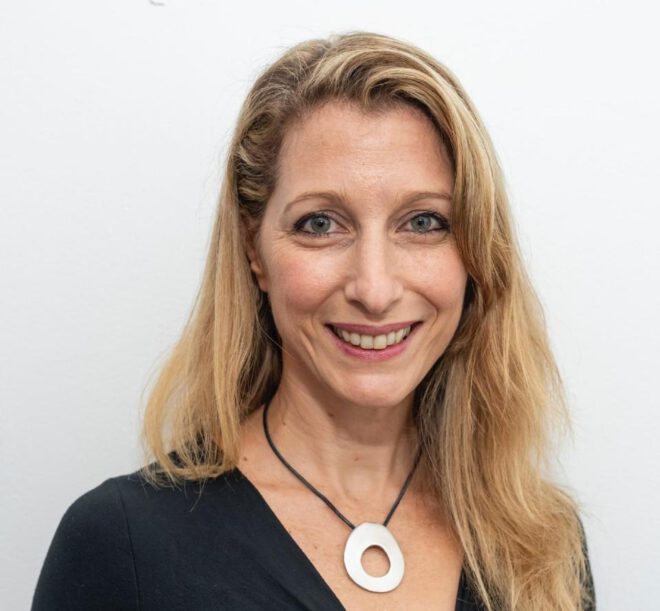
Perkol-Finkel says that being in New York City is “a significant stepping stone for us.”
And that’s a significant stepping stone, too, for the crabs and barnacles that have come to live side-by-side with New Yorkers.

